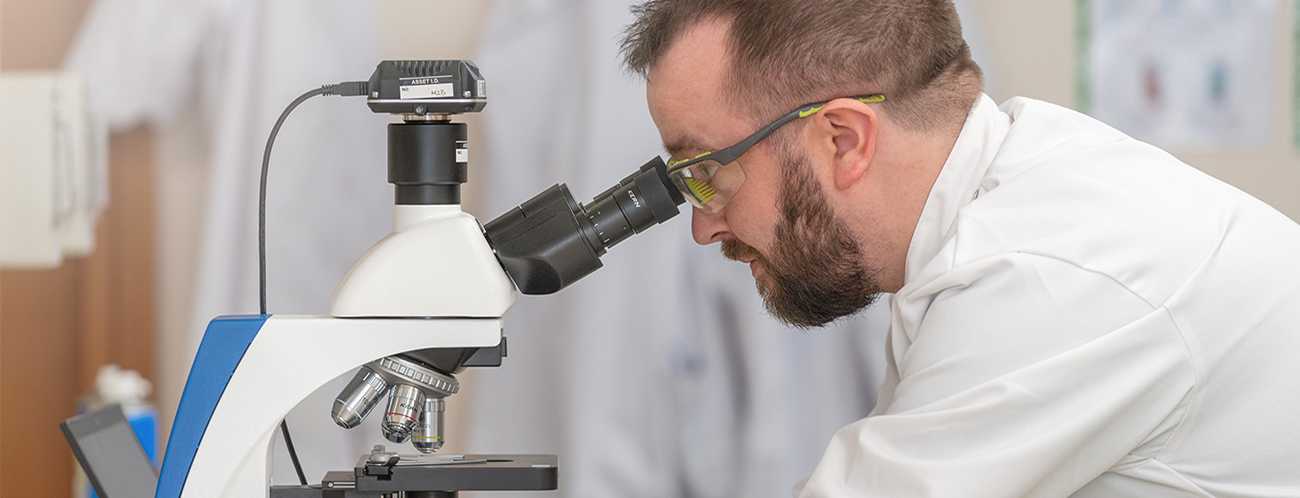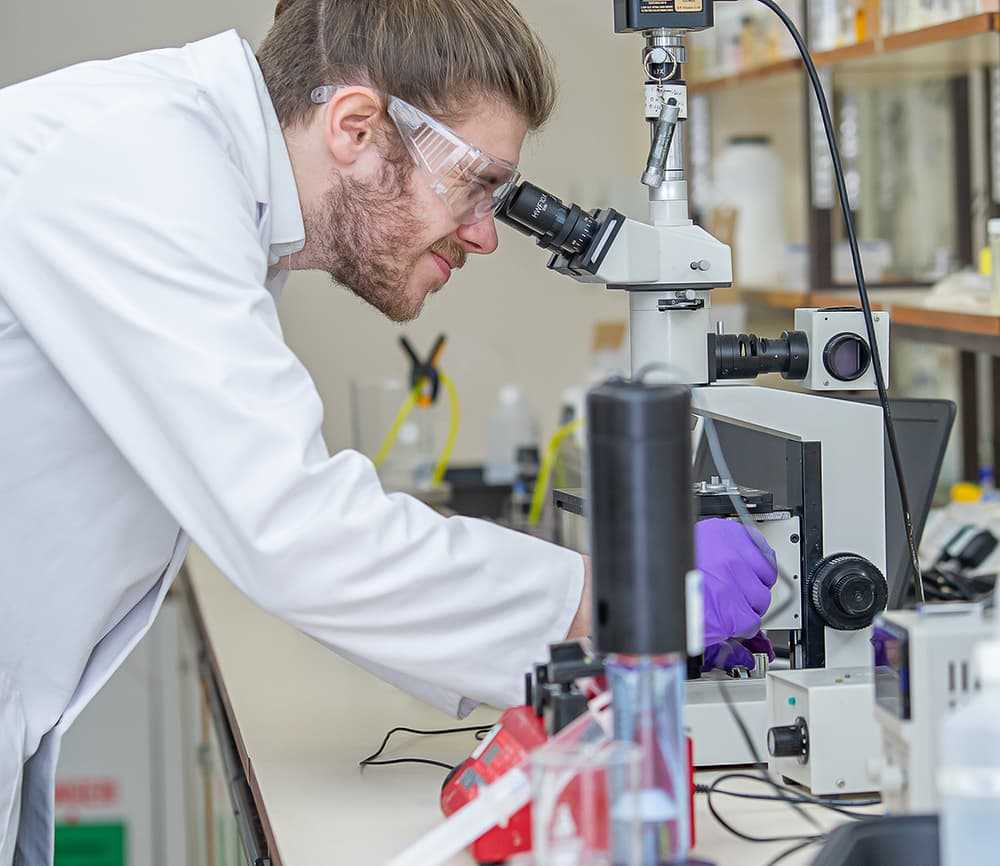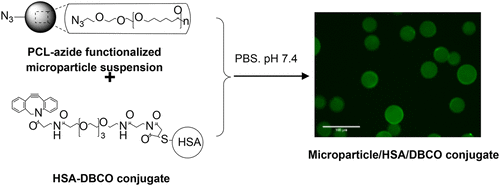Laouini, A, Charcosset, C, Fessi, H, Holdich, RG, Vladisavljevic, GT (2013) Preparation of liposomes: a novel application of microengineered membranes: From laboratory scale to large scale, Colloids and Surfaces B: Biointerfaces, 112, pp.272-278, DOI: 10.1016/j.colsurfb.2013.07.066.
A novel ethanol injection method using microengineered nickel membrane was employed to produce POPC (1-palmitoyl-2-oleoyl-sn-glycero-3-phosphocholine) and Lipoid® E80 liposomes at different production scales. A stirred cell device was used to produce 73 ml of the liposomal suspension and the product volume was then increased by a factor of 8 at the same transmembrane flux (140 l m−2 h−1), volume ratio of the aqueous to organic phase (4.5) and peak shear stress on the membrane surface (2.7 Pa). Two different strategies for shear control on the membrane surface have been used in the scaled-up versions of the process: a cross flow recirculation of the aqueous phase across the membrane surface and low frequency oscillation of the membrane surface (∼40 Hz) in a direction normal to the flow of the injected organic phase. Using the same membrane with a pore size of 5 μm and pore spacing of 200 μm in all devices, the size of the POPC liposomes produced in all three membrane systems was highly consistent (80–86 nm) and the coefficient of variation ranged between 26 and 36%. The smallest and most uniform liposomal nanoparticles were produced in a novel oscillating membrane system. The mean vesicle size increased with increasing the pore size of the membrane and the injection time. An increase in the vesicle size over time was caused by deposition of newly formed phospholipid fragments onto the surface of the vesicles already formed in the suspension and this increase was most pronounced for the cross flow system, due to long recirculation time. The final vesicle size in all membrane systems was suitable for their use as drug carriers in pharmaceutical formulations.




